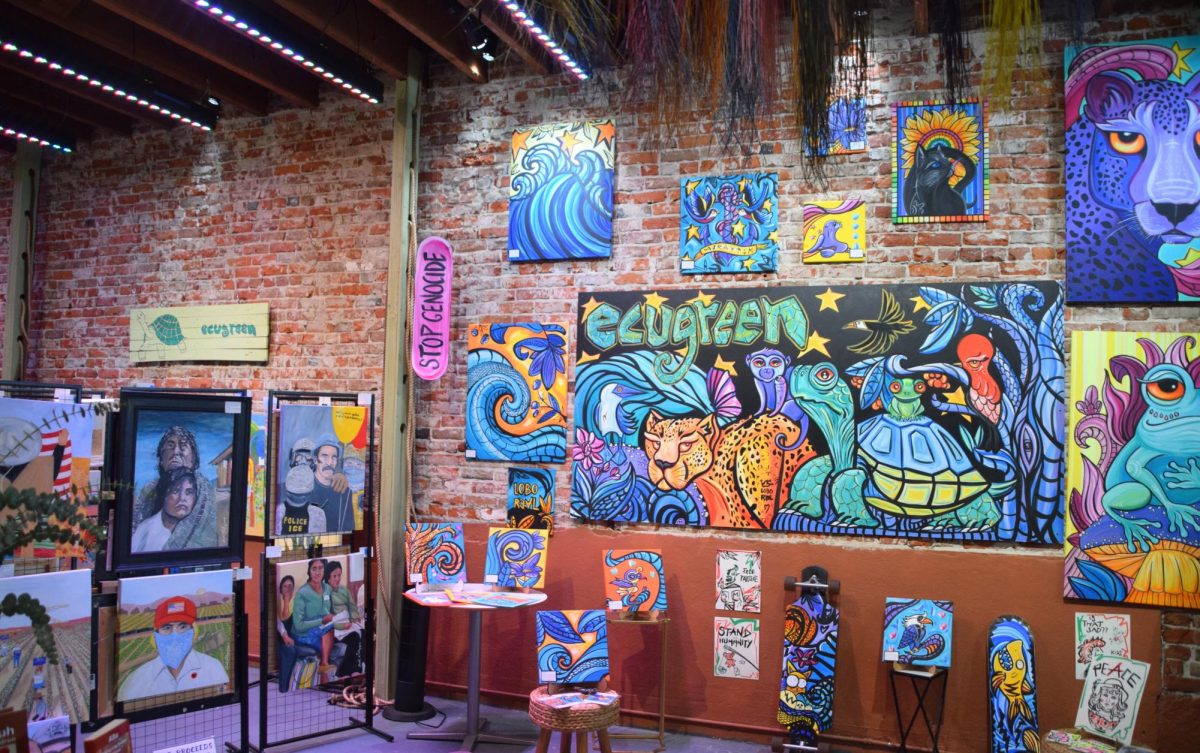As trend cycles become more and more popular, the targeted age groups seem to get younger and younger. Many people have been concerned that due to social media platforms, users’ phones have been bombarded with non-stop advertisements that force you to buy items simply because they are “popular.” Others would argue that trends are just a fun way for the younger generation to get involved with new brands and businesses, allowing otherwise small companies to flourish. Using social media leads to an increase in small businesses garnering publicity and recognition; however, it could also cause many to end up overconsuming due to a single viral post.
According to the National Institute of Health, those who buy impulsively are buying products that seem interesting because, “they had previously seen [it] from influencers or other users.” Because of this, there is a concern that this may cause, “higher debts [and] credit card over usage which can lead to family problems, mental disorders [and] addiction.”
The Willistonian brings to light how a rising influence of social media has greatly affected the economy, including the job market. There are now jobs solely to fuel this phenomenon such as, “TikTok influencers [which is] a job quite literally designated to persuade viewers to buy into trends.” Due to the constant trend cycle of promotion, “the lifespan of fashion and beauty trends is getting shorter and shorter … this means the sheer amount of clothes and products that teens are acquiring is entirely too much,” and because of this, there is a, “mass influx of purchases of poor-quality clothing made in horrible conditions— adding to the cycle of overconsumption,” The Willistonian said.
Ava Horowitz ‘25 expressed that individuals are, “really influenced when a lot of other people, like their friends” all have a product and are posting about it. She stated that if you see on social media that your friend has, “the coolest new thing, then you’re definitely more inclined to get it.”
“The way the system is set up is that it’s curated towards you, so if a bunch of people see the same thing, they’re obviously more enticed to get it,” Horowitz said.
On the other hand, according to Oregon Small Business Development Center, social media is having a positive effect on the business industry by simply “building brand awareness.” They explain how, “social networking sites allow you to reach your target audience cost-effectively while engaging current and past customers.” They also go into depth about how this can help small businesses attract new business opportunities, and how just one post that can, “immediately spread information about your business and potentially reach millions of new customers.” They further describe how social media can have a positive effect on viewers as it contributes to a better customer experience by showcasing, “regular updates and informative posts,” which can keep customers up-to-date with the latest products and offers.
It is irrefutable that social media has the potential to positively impact how businesses promote their merchandise and can act as an accessible, dynamic platmore for brands to engage with a diverse range of customers. That being said, it can also be a space that makes it easier for people to overconsume and buy more products than they could ever need. Social media can be a means for some people to curate a home full of items they love, but for others, buying into a cycle of fleeting trends can lead to a home full of dated clutter and a slowly dwindling bank account.














